Your weekly glimpse into research in action at Southern Dairy Hub.
Insights
Mating review for two and three year olds: This week we ran the 'Cows without mating' report in MINDA for all two and three year olds. We then cross-referenced this with our Allflex system and the Anestrus Cows report to check if they've had a previous cycle (we are at day 18 of mating). From this list we identified 18 cows for synchrony. As our younger animals are our higher genetic merit animals, we want to give them every opportunity to be mated in the AB replacement mating period (four weeks). The first year calves were 95% calved at week six, and we're keen to give them the best chance to get in calf early.
Body condition score (BCS): We're seeing the BCS of both the Standard and Future herds starting to align, with both averaging 4.4. We continue to use our DelPro system to priority-feed lower-condition cows based on information from the BCS camera. Grass quality for the Future cows will be critical to maintaining BCS over the coming months. The condition the Future cows put on through winter has certainly kept them on track heading into mating.
In-shed feed: We continue to feed both herds through the shed to ensure every cow receives its allocation of Vitalise mineral supplements for dairy cows on a daily basis. We intend to continue this until the end of December, once we're through mating. After that we plan to remove in-shed feed from the Future herd and only use it when there is a deficit that silage cannot cover.
Grass cover: From the HubWatch notes you can see we're growing more grass than demand (averaging 70 kg DM/day) with demand sitting between 54 and 60 kg DM/day. This means we're continuously stepping over paddocks for conservation and starting to collect our winter baleage requirements. We have about 130 tonnes of silage on hand for summer and autumn, with a strategy to hold a reasonable buffer for any adverse weather. We are planning another silage cut early next year.
Winter crop planning: Cultivation has started, with sowing just around the corner. This week we confirmed our winter crop plan, with the Standard herd being wintered on kale and swedes over 70 days. Last year we budgeted 80 days, but with a faster calving spread predicted we believe we won't need 80 this season. The Futures will again be wintered on grass and baleage. Supercruise Italian ryegrass has worked well for us over the seasons, and we'll continue to use it in the Futures’ winter paddocks. It'll be planted in the coming weeks and baled over the months until the paddocks are needed for wintering. The cows love this baleage. It's of very high quality and a major contributor to body condition gains for the Future herd through winter.
Standard
Average BW Southland herd stocked at 3.2 cows/ha at peak, up to 180 kg N/ha and wintered on swedes.
Future
Higher genetic merit herd (127 BW difference) stocked at 2.5 cows/ha at peak, up to 180 kg N/ha and wintered on baleage.




